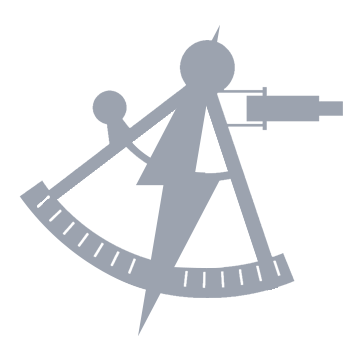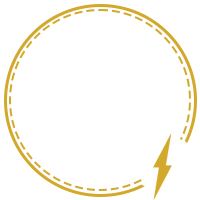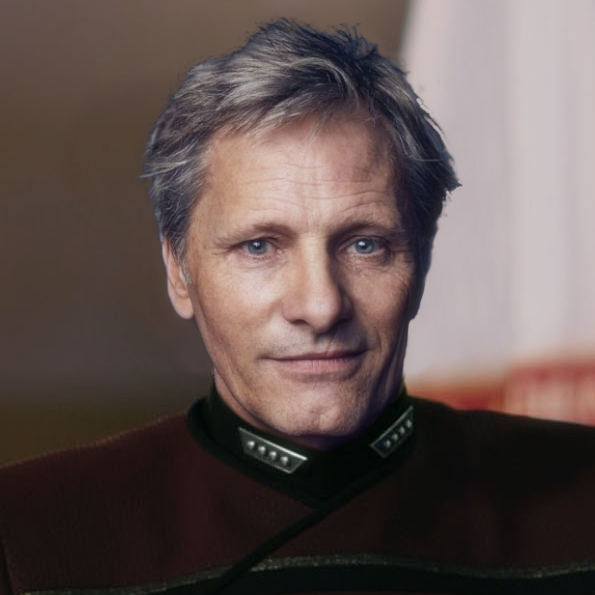The contrast couldn’t have been more stark, and it wasn’t just the sleek lines, polished surfaces, and glistening equipment of the Ingenuity‘s science facility. It was the people too. In one day, they’d made more progress here than she had in four days aboard the Kennedy. She felt no envy or embarrassment though. Just wonder and awe at the minds now around her. She loved her team and the opportunities her intimate posting afforded, but it was also fun to witness the big leagues once in a while.
“Phylogenetic analysis confirms your novel mycological strain is a recombinant descendant, not an ancestor or cognate, of the Archanis-2399-Alpha species,” explained Lieutenant J.G. Deela, a Denobulan geneticist from the Advanced Science, Technology and Research Activity, as she stood with Ensign Lunaire at a terminal displaying a genomic comparison, colored bars highlighting matching and divergent sequences between the two fungal species.
“A descendant?” Ensign Lunaire asked, staring at the display but still not connecting all the dots. “If it’s a descendant, how did it achieve such a dramatic genomic drift in such a short period?” The young science officer pointed at the divergent segments that, in totality, represented a 3.6% variance. From her limited genetics training, such a variance should have taken millions of years to occur naturally. That’s why she’d hypothesized this strain was an ancient ancestor or distant relative.
“Horizontal gene transfer,” the Denobulan replied in a matter-of-fact tone as if self-evident. For Deela, after all, it was. Such behavior was almost expected in pathogenic fungal species.
“Curious…” Ensign Lunaire mused. She was no mycologist, and in four days staring at these genetic markers, such a mechanism had not even crossed her mind. Her entire knowledge around fungal species stemmed from one week of one course at the academy, and beyond that, she’d been relying on just a generalist understanding of genetics. “Transfer from what?”
“Brunell, this is more your specialty than mine,” the geneticist chuckled as she looked over at a lieutenant in teal who stood leaned up against a support column, casually tapping at a PADD. “Want to jump in here?”
While working on designs for a bio-thermal soil pasteurization array, Lieutenant Josh Brunell had been keeping half an ear to the conversation, and he was quick to jump in. “I’d say that’s more Sh’vot’s thing than mine, but our blue friend had better things to be doing, so guess you’ve got me,” he chuckled self-deprecatingly as he joined them at the display. “The non-attributable foreign genetic material in your strain,” he explained, pointing at the highlighted points of divergence. “It comes from a nitrogen-fixing bacteria the fungus has inherited.”
“A nitrogen-fixing bacteria?” Ensign Lunaire repeated back, the lightbulb going off in her head. “So that’s why the soil assays showed elevated nitrate accumulation around the root zone…” Now those readings, counter to all her normal expectations, made complete sense.
“Exactly,” smiled Lieutenant Brunell. “And the reason we say it’s mine and Sh’vot’s department is because this bacteria has anthropogenic origin.”
“Anthropogenic? From where?”
“From us,” Lieutenant Brunell revealed. “A bit over a century ago, this particular bacterial construct was cooked up in the lab to boost soil fertility and crop viability in early Federation terraforming projects.”
“And how’d it end up…” Ensign Lunaire began to say, before it dawned on her. “Wait, was Lepia an early terraforming project?” Hard to imagine, she thought to herself, that the Federation had once invested such labor into it given its dilapidated state today.
“From 2305 to 2312,” nodded Lieutenant Brunell. “In fact, both Lepia and several other breadbasket worlds within the Meronia Cluster were of our creation, success stories of the program that civil engineers and geophysicists still study to this day.”
“Yet Lepia, and so many other worlds just like it, were forgotten just a few short years later,” interjected Lieutenant Chim Dos, an elder Tellarite environmental engineer from ASTRA who’d taken notice of the conversation. “Starfleet thought it a good idea in a post-Khitomer era, but then they turned their attention elsewhere, just like they always do.” There was an unmistakable bite to his words.
Ensign Lunaire didn’t miss the hostility coming from the new entrant to the conversation, and she could infer where it came from. “You seem of a similar mind to our own Captain Alleyne.” The captain of the Kennedy had not been restrained with her staff about her disappointment in how Starfleet’s short attention span had led large swaths of the borderlands to fall to neglect.
“Yes, I suspect Alleyne and I would have a common perspective from our shared experience,” the Tellarite replied flatly. “The two of us and billions more, including those on Lepia IV.” He hadn’t had time to travel down to the surface yet, but he’d seen a hundred worlds just like it.
“And that’s why we’re here,” Dr. Verhoeven offered as he joined the conversation. “To fix this.” He saw no point in ruminating on the past. “In addition to nitrogen enrichment traits, horizontal exchange also appears to have reinforced its cell wall structure through borrowed bacterial enzymes. That means a conventional fungicide won’t cut it, so instead of grumbling about how we got here, let’s focus on how to solve this.”

 Bravo Fleet
Bravo Fleet








